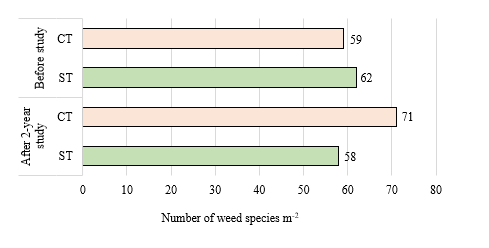Abstract
#Angioleiomyoma (ALM) is a rare benign, vascular smooth muscle tumor
originating from the tunica media of the vessel wall. It typically
arises in the cutaneous, subcutaneous tissue of the lower extremities in
middle-aged women and is less than 2 cm in diameter. We report an ALM
of the thigh in a 69-year-old woman with intermittent pain. US was
performed with a high-resolution, broad-band (5 MHz-18 MHz) linear
transducer for the superficial nodule. To the best of our knowledge,
there has been no report of high-resolution ultrasound image features,
including #grayscale US, color Doppler US and Real-Time Tissue
#Elastography (RTE) for an ALM. ALM should be considered as one of the
painful and #vascularized subcutaneous mass, a superficial location that
can be seen on high-resolution US. The feature of adjacent blood flow
signal on color Doppler US could be strongly suggested to be ALM.ALM is a rare tumor that arises from the #tunica media of small arteries
and veins [1]. The tumors are usually small, solitary, round, painful,
firm, skin-colored, and well-encapsulated [2]. #Dermatologic ultrasound
imaging has been rapidly growing in recent years because of the
development of high-resolution multifrequency transducers and
multichannel color Doppler machines [3].
For more articles on BJSTR Journal please click on https://biomedres.us/
For more Biomedical Imaging Articles on BJSTR
High - Resolution Ultrasound Imaging for Angioleiomyoma: A Painful and Vascularized Superficial Tumor by Kazumi Fujioka in BJSTR
Follow on Twitter : https://twitter.com/Biomedres01
Follow on Tumbler: https://biomedres.tumblr.com/
Like Our Pins On : https://www.pinterest.com/biomedres/



No comments:
Post a Comment
Note: Only a member of this blog may post a comment.